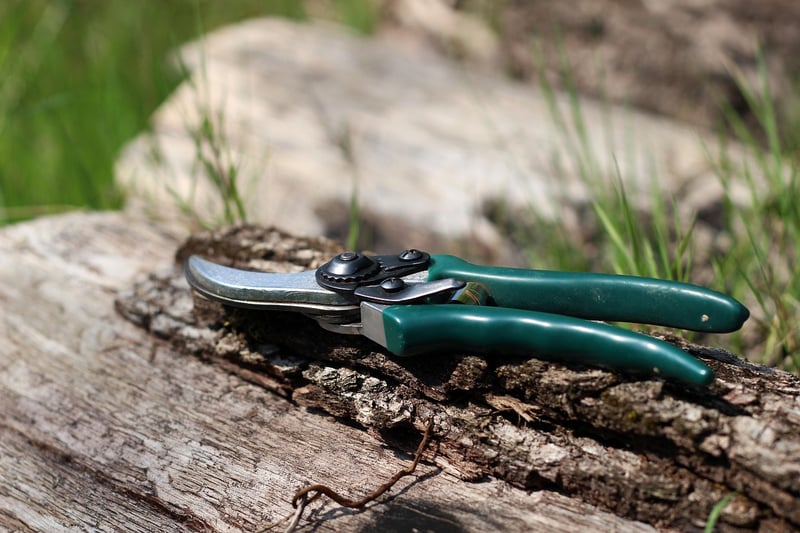Pruning techniques
Nurture Your Plants: Essential Pruning Techniques
Proper pruning is a vital aspect of plant care that can enhance the health, appearance, and productivity of your green friends. Whether you are a novice plant parent or an experienced gardener, mastering the art of pruning will help you create a flourishing garden. Here are some essential pruning techniques to nurture your plants:
1. Remove Dead or Diseased Branches
Inspect your plants regularly and trim any dead or diseased branches. This not only improves the plant's appearance but also prevents the spread of diseases and encourages new growth.
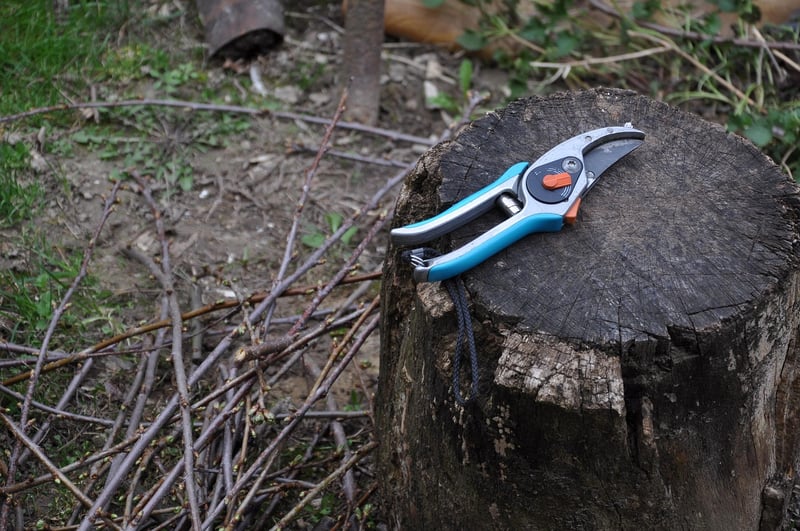
2. Shape Your Plants
Pruning can help you shape your plants and control their growth. Trim back overgrown branches to maintain the desired size and shape of your plants.
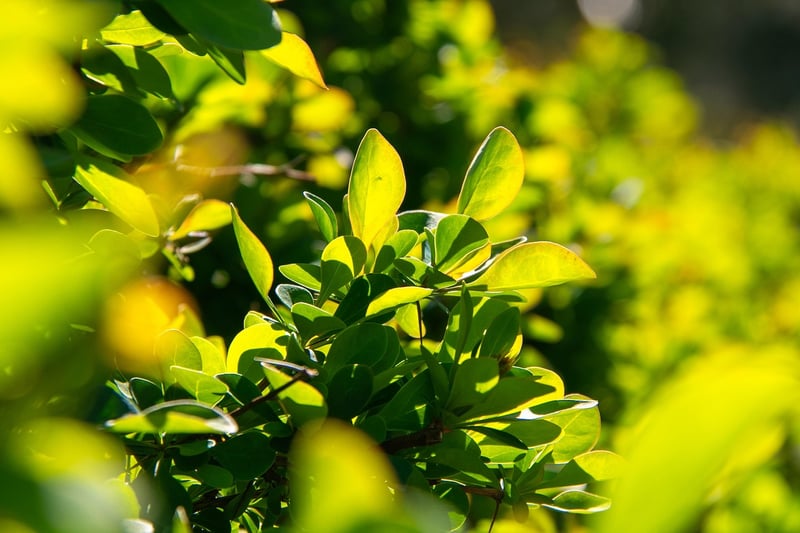
3. Stimulate Growth
Strategic pruning stimulates new growth by promoting the development of lateral branches and encouraging flowering and fruiting. By cutting back certain parts of the plant, you can redirect its energy for improved overall growth.
4. Improve Air Circulation
Thick foliage can obstruct air circulation, leading to issues like mold and mildew. Pruning helps open up the plant canopy, allowing air to flow freely and reducing the risk of fungal diseases.
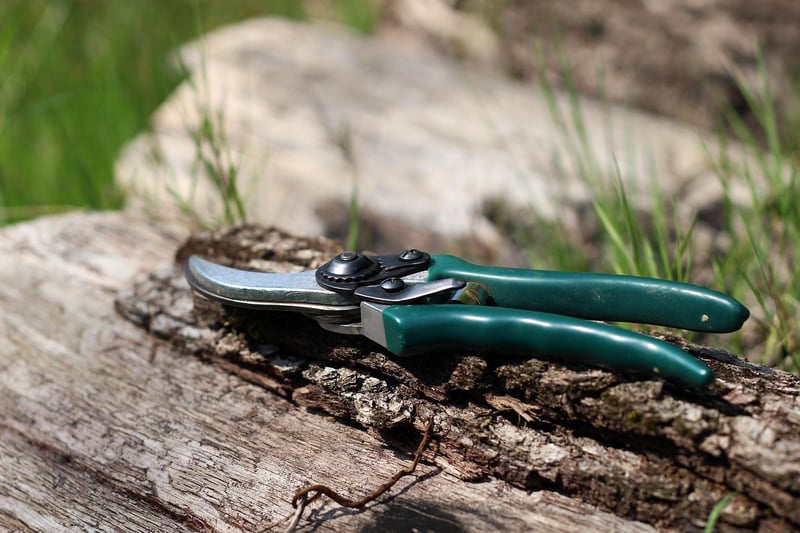
5. Remove Competing or Crossing Branches
Eliminate branches that are crossing or competing for space. This eliminates overcrowding, reduces the risk of damage, and ensures that each branch receives an adequate amount of sunlight and nutrients.
6. Timing Is Key
Understand the specific pruning requirements of each plant species, as timing can significantly impact their growth and flowering patterns. Research the best times to prune your plants to achieve optimal results.
7. Use the Right Tools
Invest in high-quality pruning tools like shears, loppers, and saws to ensure clean cuts that promote faster healing and reduce the risk of infections. Keep your tools sharp and clean for effective pruning.
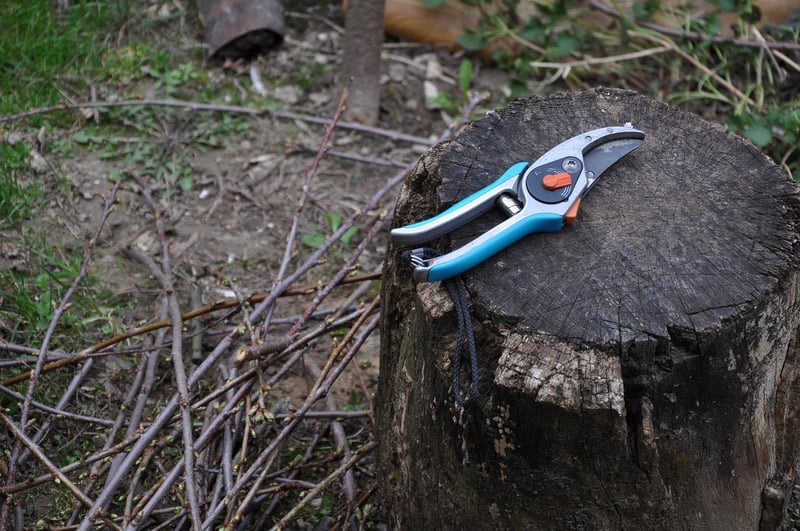
By incorporating these essential pruning techniques into your plant care routine, you can promote healthy growth, enhance the visual appeal of your garden, and enjoy a bountiful harvest of flowers or fruits. Remember to research the specific needs of each plant species to tailor your pruning practices accordingly.
Happy pruning and happy gardening!
